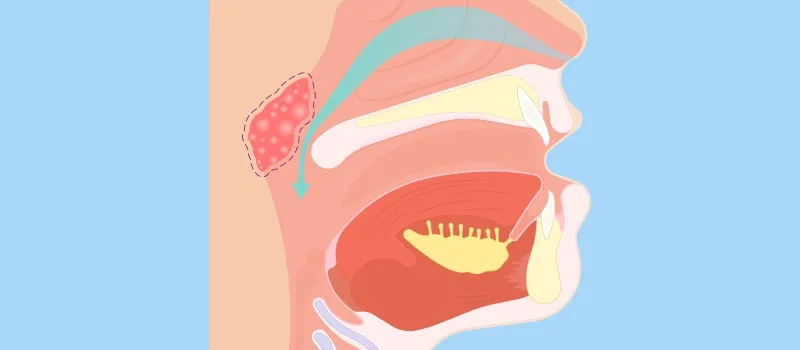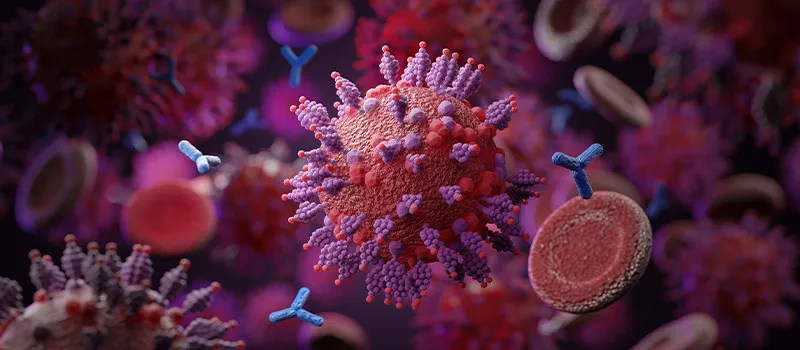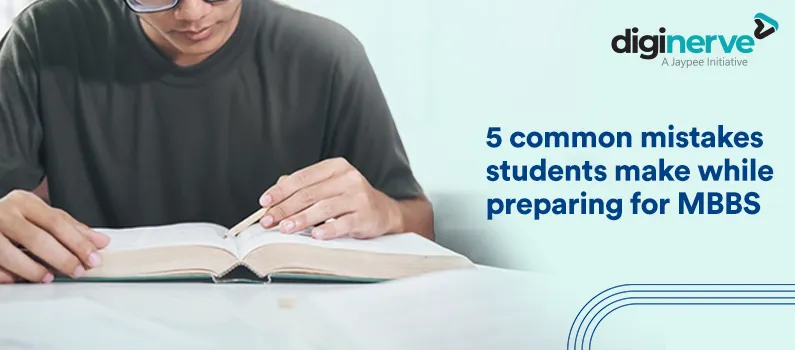

Community Medicine: A Discipline that Aims to Achieve Holistic Health of the Population – Dr. Bratati Banerjee
The prime goal of the discipline of Community Medicine is preventing disease, promoting health, and prolonging life, by providing comprehensive health care for the holistic health of the community. Hence, the discipline goes beyond classroom teaching and bedside patient care, to reach out to the community with a focus on underprivileged and marginalized population.
Community Medicine is a branch of Medicine dealing with the promotion of health and prevention of diseases, involving people’s participation and utilizing professional management skills. It is primarily focused on providing primary, secondary, and tertiary care, control and prevention of outbreaks or epidemics, community diagnosis, health needs assessment, epidemiological assessment, research, and planning evidence-based health policies and programs. Hence, the discipline covers all the domains of learning viz. cognitive, affective, and psychomotor as shown below (Figure 1).
- Cognitive domain i.e. knowing the vision and mission of the discipline
- Affective domain i.e. feeling and understanding the needs and demands of the community
- Psychomotor i.e. identifying problems and designing and implementing measures to solve these problems.
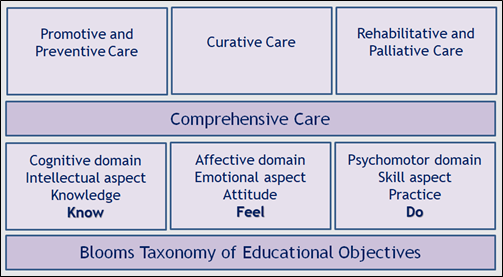

Figure 1: The domains of learning Community Medicine
Recently, the undergraduate (UG) and postgraduate (PG) medical curricula in India have been updated and subsequently implemented across the country from academic session 2019 onwards for UG and 2020 onwards for PG courses, as Competency-Based Medical Education (CBME). At the undergraduate level, there is an integration of the related disciplines, designed to give the students a holistic understanding of the various subjects to function appropriately and effectively as a physician of first contact. The new CBME curriculum for Community Medicine for UG students provides several learning opportunities, to provide comprehensive care to the community by way of the Family Adoption Program, along with theory and practical classes throughout the first three phases of the course. In addition, there is an elective posting for eight weeks after the third phase, for which the students can choose any of the options offered including posting at health centers for primary health care to the community. Finally, during the Internship, the students are posted in District Hospitals to get sensitized to the real-life situation in rural areas.
How to prepare yourself for examination in Community Medicine?
Considering the various domains of learning that Community Medicine covers, a student is also evaluated during examinations on all these aspects. Hence, you should prepare yourself by (1) reading standard textbooks and class notes for knowledge and understanding; (2) making frequent visits to the community and the families allotted to you; (3) attending practical teaching sessions in the community and public health organizations for assessing the problems and their solutions. In addition, you should attend practical classes on identifying spot specimens and working out epidemiological and statistical exercises.
You should learn to understand priority topics and give focus accordingly. There are some ‘must know’ areas which you have to learn for passing your examination as well as for knowing the subject that will help you life-long in delivering comprehensive care. There are some areas within the subject that you ‘should know’ which will help you to perform well in examination as well as improve your competence in being a physician of first contact. You should give adequate focus and time to these areas for doing well in your examinations. Having covered these areas, there are some ‘nice to know’ areas that will help you to perform excellently and thus stand out among your fellow students and professionals (Figure 2).
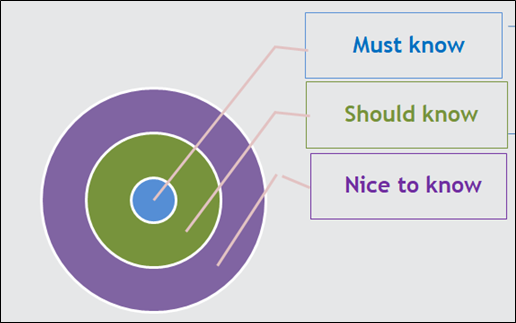

Figure 2: Priority areas for learning Community Medicine
What are the prime focus topics for examination in Community Medicine?
As you understand, every topic is important for learning to help you perform well in your examinations as well as gain expertise to become a competent and effective professional person. However, for prioritization, you may consider the following areas most important.
- Epidemiology and Biostatistics
- Problems of vulnerable population groups viz. infant and under-five children, adolescents, antenatal and postnatal women, women in reproductive age group, and the program in India for providing care for these population groups
- Communicable and non-communicable diseases with objectives and strategies under the related national health programs
- Major determinants of health viz. nutrition, water and sanitation, entomology, biomedical waste management
- Problems and programs for other vulnerable populations viz. occupational groups and elderly population
- Health education and behavior change communication
- Health planning, evaluation, and management techniques
- Health care delivery system in India with the major landmark international and national policies related to healthcare delivery
What are the learning resources for Community Medicine?
Community Medicine is learned from both print and electronic learning materials as well as real-life situations. Some of the standard books that you may follow are given below. However, this is not an exhaustive list. You may read any other book of your choice.
- Kadri AM. IAPSM’s Textbook of Community Medicine
- Banerjee B. DigiNerve’s Community Medicine for UnderGrads Course
- Suryakantha AH. Community Medicine with Recent Advances
- Banerjee B. DK Taneja’s Health Policies & Programmes in India
- Banerjee B. Mahajan’s Method on Biostatistics for Medical Students and Research Workers.
In addition to these, there are reports and publications of the World Health Organization and Ministry of Health & Family Welfare, and other reputed national and international organizations, which are available on the internet, which you may read if interested.
A lot of Community Medicine can also be learned by following the current news, a great example of which is the recent COVID-19 pandemic for which various preventive and public health measures have been taken both globally and nationally.
Following what you have learned and disseminating messages of health promotion and disease prevention to those around you, will also help to improve your psychomotor skills.
What are the learning methods to perform well in examination in Community Medicine?
The secret of learning is to be regular, attentive, and hardworking. Since Community Medicine is taught right from the first year and continued for three and a half years, you should be regular throughout, failing which it will be difficult for you to catch up in the last moment. Hence, follow all the points given below.
- Attend all theory classes, practical sessions, and family visits, regularly and attentively
- Read the topic taught, after returning from class each day
- Try to understand the concepts and not only memorize
- Take class notes and make your notes for quick revision
- Focus first on priority areas i.e. ‘must know’ and ‘should know’
- Having understood these areas, you may try to move on to the ‘nice to know’ areas
- Revise multiple times
- Attempt solving previous years’ question papers and MCQs.
How will DigiNerve help you to learn Community Medicine?
The course material for Community Medicine for Undergrads on the DigiNerve app addresses all the domains of learning. The entire CBME syllabus has been split into five sections including one section on the practical aspect, with topics and units under each section. In the theory part covered in the first four sections, every aspect is discussed and explained in detail. The practical section presents how to study a family with an index case, along with pictures and salient features of spots and specimens, and how to solve epidemiological and statistical exercises to help you understand and work out by yourselves.
Watch this video to learn the Right way to approach Community Medicine by Dr. Bratati Banerjee.
So, welcome to the world of Community Medicine and happy learning!
Wish you all the best in your journey through the subject.
Dr. Bratati Banerjee
Director Professor, Department of Community Medicine,
Maulana Azad Medical College, New Delhi



















